Managing money in Canada becomes easier when you use the right financial tools and strategies. From saving through government-supported accounts to lowering everyday expenses, Canadians have access to many programs that provide real value. Simple steps like reducing banking fees, maximizing tax credits, or earning cashback can add up to significant savings over time. Here are 25 Canadian financial wins you can copy today.
Using Tax-Free Savings Accounts (TFSAs) for Growth
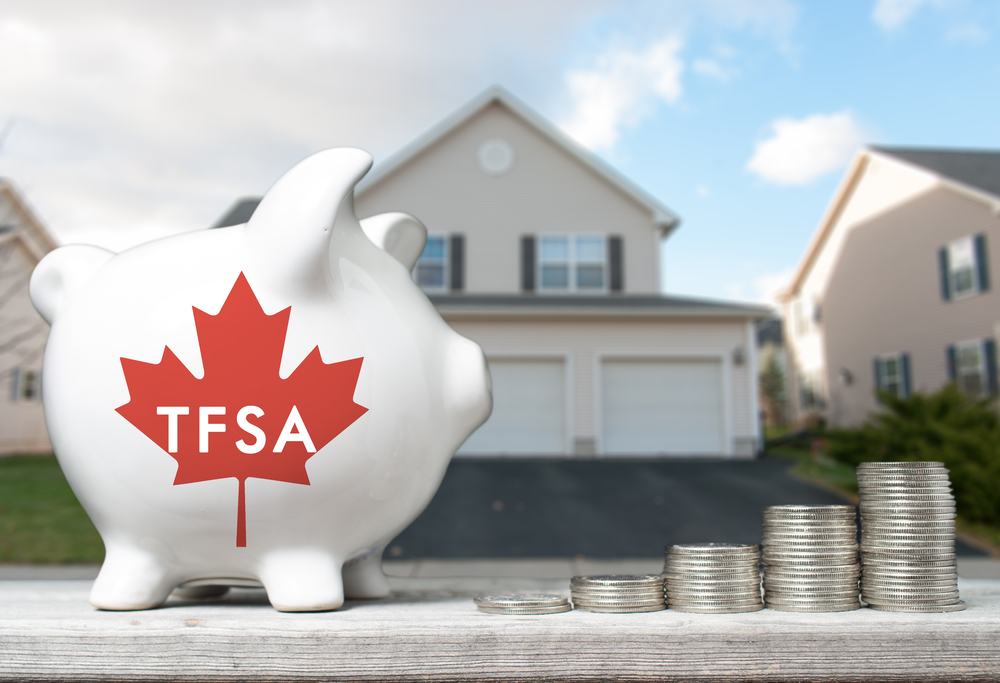
A Tax-Free Savings Account (TFSA) is one of the most flexible financial tools available to Canadians. You can contribute up to the annual limit set by the government, and your investments grow tax-free. Unlike other accounts, withdrawals are also tax-free, making it useful for both short-term and long-term goals. The unused contribution room carries forward, allowing you to catch up later. TFSAs can hold cash, stocks, bonds, mutual funds, or ETFs, making them versatile. By regularly contributing and reinvesting returns, Canadians can maximize growth while keeping complete control of their savings for future needs.
Maximizing Registered Retirement Savings Plans (RRSPs)

The Registered Retirement Savings Plan (RRSP) is designed to help Canadians save for retirement while reducing taxable income. Contributions are tax-deductible, which means you pay less tax in the year you contribute. Investments inside the RRSP grow tax-deferred, so you do not pay taxes until you withdraw. The annual contribution limit is 18% of earned income, up to a maximum amount set each year. Withdrawals are taxed as income, usually during retirement when tax rates are lower. By contributing early and consistently, Canadians can build a strong retirement fund while gaining immediate tax savings each year.
Taking Advantage of Employer Pension Matching

Many Canadian employers offer pension plans that include matching contributions. This means the employer contributes a set amount to your retirement savings whenever you contribute. For example, if you put in 5% of your salary, your employer may add another 5%, doubling the savings. This is essentially free money that boosts retirement income over time. Pension contributions grow tax-deferred until withdrawal, adding further value. Failing to take advantage of employer matching is leaving money behind. By contributing enough to receive the maximum match, Canadians can significantly increase retirement savings without extra effort or additional cost.
Leveraging the Canada Child Benefit (CCB)

The Canada Child Benefit (CCB) provides tax-free monthly payments to eligible families to help with the cost of raising children under 18. The amount depends on household income, number of children, and their ages. Families with lower incomes receive higher benefits, and the payments are adjusted annually to match inflation. This program supports education, health, and daily needs while reducing financial stress. Parents can use the CCB strategically by investing part of it in a Registered Education Savings Plan (RESP) or other savings accounts. Proper planning ensures the CCB helps secure both short-term expenses and long-term financial stability.
Claiming the GST/HST Credit Effectively
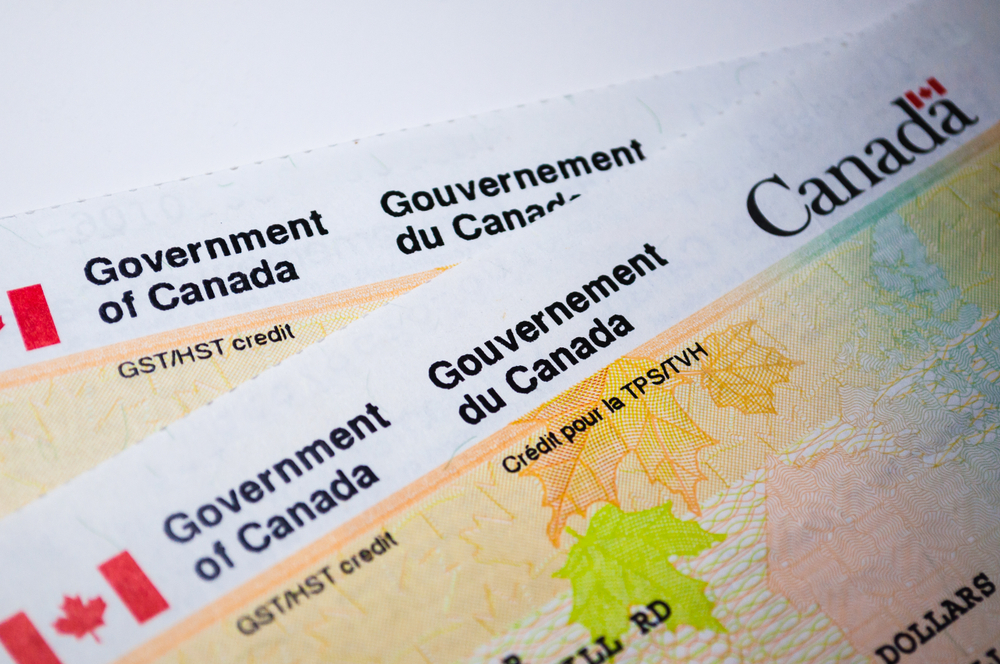
The GST/HST credit is a tax-free payment that helps offset the sales tax burden for low- and modest-income individuals and families. Eligibility is based on net income reported on the tax return. Payments are issued quarterly and do not require repayment. To receive the credit, Canadians must file an annual tax return, even if they had no income. The amount varies depending on income level, marital status, and number of children. By ensuring tax returns are filed on time and accurately, eligible individuals can access these benefits. This credit provides valuable support for managing household budgets more effectively.
Reducing Costs with Public Healthcare Access

Canada’s publicly funded healthcare system provides significant financial savings for residents. Basic medical services, such as doctor visits and hospital stays, are covered through provincial and territorial health plans. While dental care, prescription drugs, and vision services may not be fully included, many provinces offer assistance programs or supplemental coverage. By using public healthcare services, Canadians avoid the high medical costs seen in other countries. Families can further reduce expenses by combining provincial coverage with employer-provided or private insurance.
Saving on Education with Registered Education Savings Plans (RESPs)
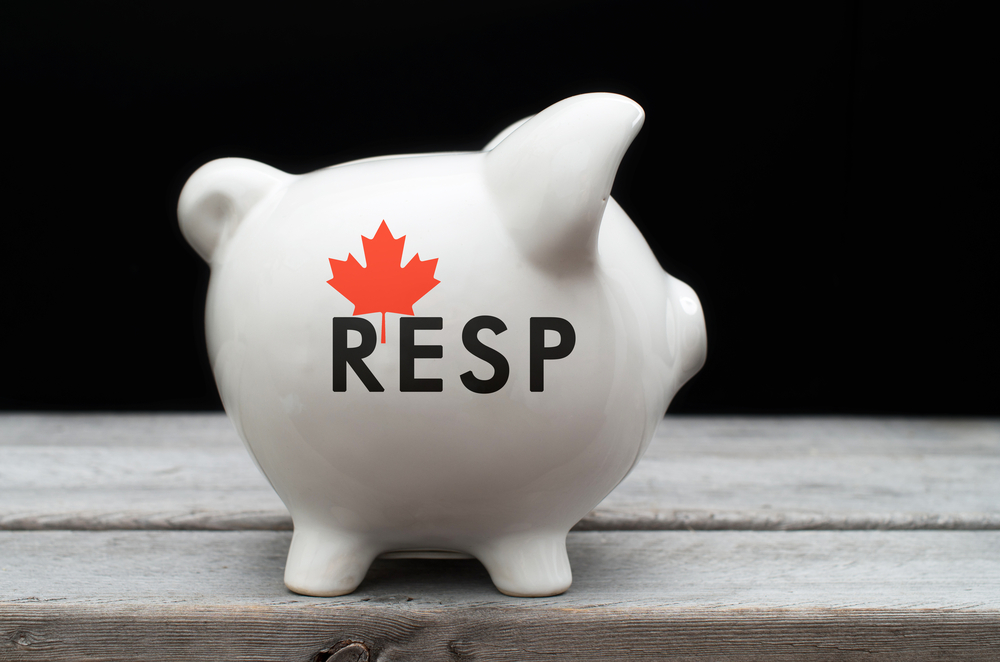
A Registered Education Savings Plan (RESP) helps parents and guardians save for a child’s post-secondary education. Contributions are not tax-deductible, but investment earnings grow tax-deferred until withdrawal. The government also provides the Canada Education Savings Grant (CESG), which adds 20% to annual contributions up to a maximum of CA$500 per year, with a lifetime maximum of CA$7,200. Low-income families may also qualify for the Canada Learning Bond (CLB). Funds can be used for tuition, books, and living expenses once the child enrolls in a qualifying program. Starting an RESP early allows more time for investments to grow and maximize benefits.
Lowering Mortgage Rates by Negotiating with Lenders

Negotiating with lenders is an effective way for Canadians to secure lower mortgage rates and reduce long-term costs. Borrowers should compare offers from multiple banks, credit unions, and mortgage brokers before committing. Strong credit scores, stable income, and larger down payments often provide better bargaining power. Some lenders may also offer discounts or special promotions to attract new clients. Even a slight reduction in interest rates can save thousands of dollars over the life of a mortgage. By reviewing options carefully and negotiating terms, homeowners can achieve more affordable payments while reducing the overall financial burden of property ownership.
Using First Home Savings Accounts (FHSAs)

The First Home Savings Account (FHSA) is a registered plan that helps Canadians save for their first home. Contributions are tax-deductible, similar to RRSPs, and investment growth inside the account is tax-free. Withdrawals used to buy a qualifying home are also tax-free, combining the advantages of both TFSAs and RRSPs. The annual contribution limit is CA$8,000, with a lifetime maximum of CA$40,000. Unused contribution room carries forward to future years. Opening an FHSA early allows savers to maximize the available limits and take advantage of tax benefits. This account provides a strong foundation for future homeowners in Canada.
Gaining Rewards Through No-Fee Credit Cards
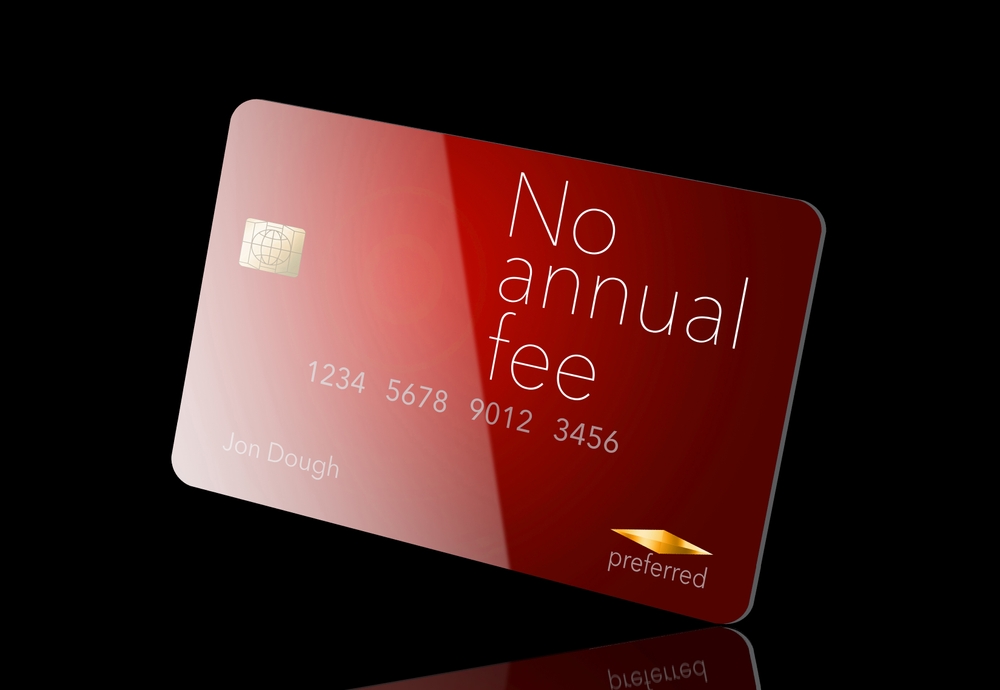
No-fee credit cards allow Canadians to earn rewards without paying annual charges. These cards often offer cashback, travel points, or store rewards on everyday spending. While the benefits may be smaller compared to premium cards, the absence of annual fees makes them cost-effective for budget-conscious users. Many no-fee cards also include purchase protection, extended warranties, and fraud coverage. To maximize benefits, users should pay off balances monthly to avoid interest charges. By choosing cards that align with spending habits, Canadians can earn valuable rewards while maintaining financial discipline. No-fee credit cards are a practical way to reduce costs and save money.
Paying Less with Prepaid Energy and Utility Programs

Some provinces in Canada offer prepaid energy and utility programs that help households control costs. Instead of paying a monthly bill after usage, customers load funds onto a prepaid account and pay in advance. This system encourages energy conservation and prevents unexpected high bills. Users can monitor consumption more closely, allowing them to adjust habits and save money. Prepaid plans are beneficial for individuals on fixed incomes who want predictable expenses. By avoiding late fees, interest charges, or service disconnections, Canadians can manage household budgets more effectively. Prepaid programs also provide flexibility and reduce financial stress for families.
Claiming Deductions for Home Office Expenses

Canadians working from home may be eligible to claim home office expense deductions. The Canada Revenue Agency (CRA) allows employees to use either a simplified flat rate method or a detailed method that tracks actual expenses. Eligible costs include a portion of rent, utilities, internet, and office supplies. To qualify, employees must work from home regularly and meet CRA guidelines. Self-employed individuals have broader expense categories they can claim. Keeping receipts and records is essential to support claims in case of review. Claiming these deductions reduces taxable income, providing financial relief for those working from home.
Saving on Transportation with Public Transit Tax Credits

The federal Public Transit Tax Credit was discontinued in 2017, but some provinces still offer transit-related tax benefits. For example, Ontario and Quebec provide credits or rebates for eligible transit passes. Using monthly or annual passes is often cheaper than buying single tickets, especially for daily commuters. Many cities also offer discounted rates for students, seniors, and low-income riders. Choosing public transit reduces costs related to fuel, parking, and car maintenance. Families can save further by purchasing passes for multiple members. By exploring local transit credit options and discounts, Canadians can lower transportation costs while keeping budgets under control.
Shopping Smart with Cashback and Loyalty Programs

Cashback and loyalty programs reward Canadians for purchases they already make. Popular options include credit card cashback, grocery store rewards, and gas station loyalty points. These programs can provide real savings when used consistently. For example, earning 2% cashback on essential spending adds up over a year. Some retailers also offer targeted discounts or bonus points through mobile apps. The key is to focus on programs that match regular spending habits and avoid overspending to earn rewards. By combining cashback with loyalty programs, Canadians can reduce household expenses and make shopping more cost-efficient without increasing overall spending levels.
Protecting Income with Affordable Life Insurance Options
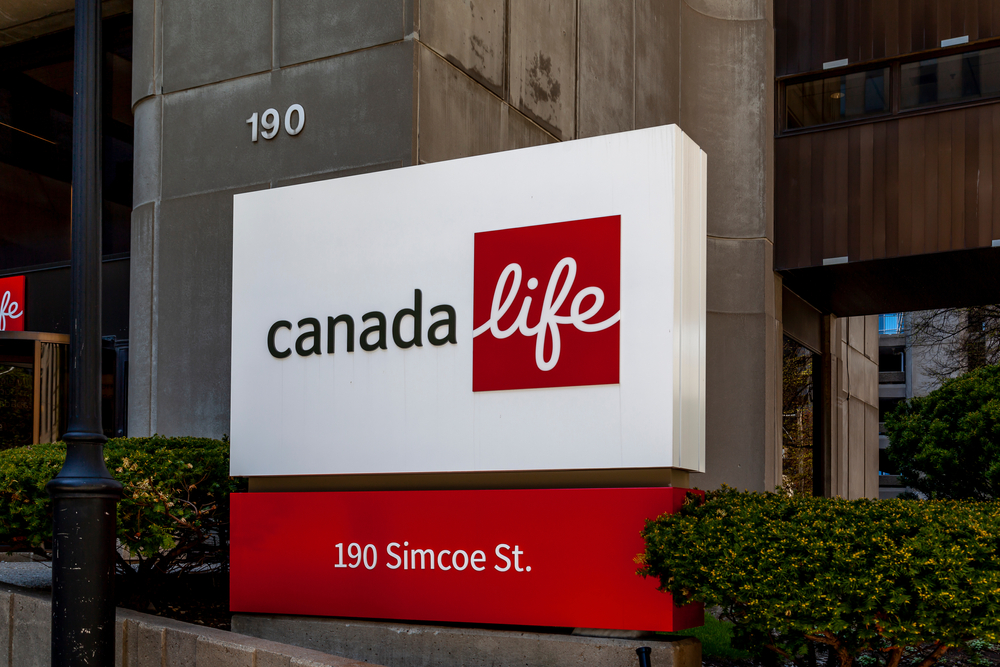
Life insurance is an essential way for Canadians to protect their families financially. Term life insurance is generally the most affordable option, offering coverage for a fixed period such as 10, 20, or 30 years. Premiums are lower compared to permanent insurance, making it accessible for households with limited budgets. Coverage amounts can be tailored to match income, debt, and family needs. Many employers also provide group life insurance as part of benefits packages, which can reduce costs. Reviewing policies regularly ensures coverage remains adequate. Affordable life insurance gives peace of mind and ensures dependents are financially supported if needed.
Lowering Car Insurance Premiums by Bundling Policies

Bundling car insurance with home, tenant, or other policies can lead to significant savings in Canada. Many insurers offer discounts of 10% to 20% when customers hold multiple policies with them. Beyond cost reductions, bundling simplifies management since all policies are handled through a single provider. Drivers can save further by maintaining a clean driving record, choosing higher deductibles, or installing safety devices. Comparing bundled packages across different insurers ensures the best deal. By combining insurance policies, Canadians reduce overall premiums while benefiting from streamlined service. Bundling is a practical and proven way to cut ongoing household insurance expenses.
Reducing Debt Faster with Accelerated Payment Plans

Accelerated payment plans help Canadians pay off loans and mortgages more quickly. Options include biweekly or weekly payments instead of monthly ones. For example, making 26 biweekly payments equals 13 monthly payments per year, effectively adding one extra payment. This reduces the principal faster and lowers total interest costs. Many lenders allow borrowers to make lump-sum prepayments without penalties. Increasing payment frequency or adding small extra amounts also speeds up debt reduction. Tracking progress motivates continued efforts. By choosing accelerated repayment methods, Canadians can become debt-free sooner, saving thousands of dollars in interest while building stronger financial stability.
Building Wealth Through Canadian Index Funds and ETFs

Index funds and exchange-traded funds (ETFs) provide Canadians with low-cost investment options that track market performance. These funds spread risk across many companies, making them less risky than investing in individual stocks. Fees are lower compared to actively managed funds, allowing more of the returns to stay with investors. ETFs also trade on stock exchanges, offering flexibility to buy or sell at market prices. Long-term investors benefit from steady growth, especially when contributing regularly through accounts like TFSAs or RRSPs. By focusing on diversified index funds and ETFs, Canadians can build wealth efficiently while keeping investment costs low.
Avoiding Banking Fees with No-Fee Online Banks
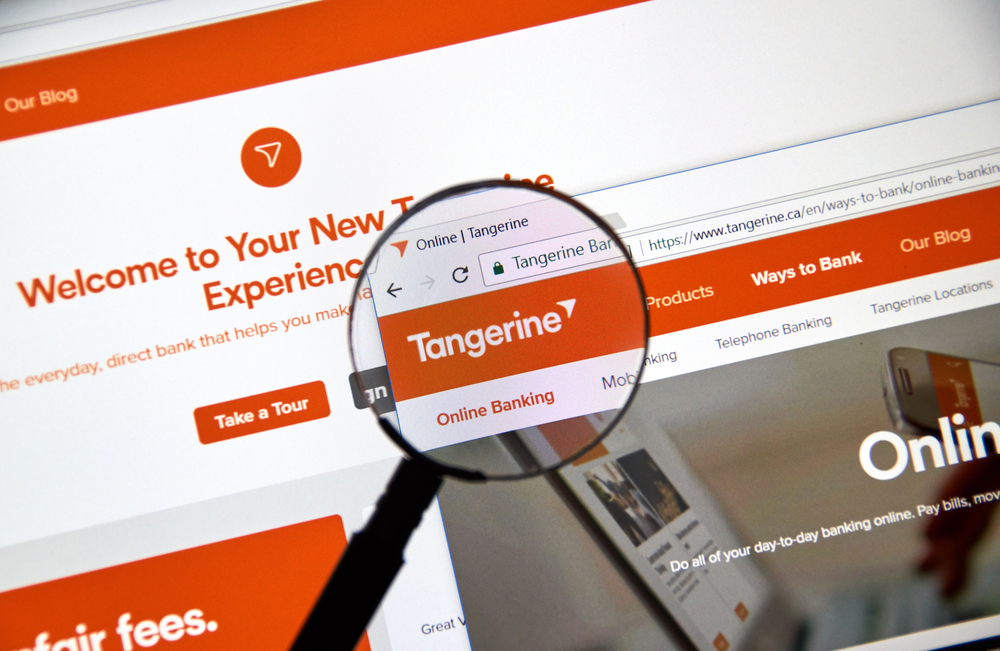
No-fee online banks in Canada, such as Tangerine and Simplii Financial, help individuals avoid standard banking charges. These banks typically offer free chequing accounts, unlimited transactions, and no monthly maintenance fees. Many also provide free Interac e-Transfers, mobile banking apps, and access to large ATM networks. Savings accounts often come with higher interest rates compared to traditional banks. By choosing online options, Canadians can save hundreds of dollars annually on banking costs. It is essential to review terms and ensure features meet personal needs. No-fee online banks provide a practical way to reduce expenses while maintaining complete banking convenience.
Using Dollar-Cost Averaging for Steady Investments

Dollar-cost averaging (DCA) is a strategy where Canadians invest a fixed amount at regular intervals, regardless of market conditions. This approach reduces the impact of market volatility by buying more shares when prices are low and fewer when prices are high. Over time, it helps smooth out average purchase costs. DCA works well with mutual funds and ETFs, primarily through automatic contributions in RRSPs or TFSAs. It also encourages discipline by making investing consistent. By focusing on long-term growth and removing the pressure of timing the market, Canadians can steadily build wealth while minimizing emotional investment decisions.
Accessing Provincial Rebates for Green Home Improvements

Several provinces in Canada offer rebates and incentives to encourage homeowners to make energy-efficient upgrades. Programs include insulation improvements, window replacements, heat pumps, and solar panel installations. For example, Ontario’s Enbridge Gas program and British Columbia’s CleanBC plan provide significant rebates for qualifying projects. Federal support is also available through the Canada Greener Homes Grant. These incentives lower upfront costs and reduce long-term utility bills. Homeowners must usually complete an energy audit to qualify. By combining federal and provincial programs, Canadians can save thousands of dollars while creating more sustainable homes that benefit both budgets and the environment.
Saving on Prescription Costs with Provincial Drug Plans

Prescription drug costs in Canada vary by province, but most provinces offer public drug benefit programs to reduce expenses. Ontario has the Ontario Drug Benefit (ODB) program, covering seniors, low-income individuals, and individuals with particular medical needs. Quebec requires all residents to have prescription coverage, either through the public plan or private insurance. Other provinces assist seniors, children, or people with chronic conditions. Pharmacies may also offer price-matching or lower-cost generic alternatives. By enrolling in provincial programs and choosing generics when possible, Canadians can manage prescription costs effectively while ensuring continued access to essential medications at affordable prices.
Using RRSP Home Buyers’ Plan for Property Purchase

The RRSP Home Buyers’ Plan (HBP) allows first-time homebuyers in Canada to withdraw up to CA$35,000 from their RRSPs tax-free to use toward a down payment. Couples can withdraw up to CA$70,000 combined. Withdrawn funds must be repaid within 15 years, beginning the second year after withdrawal. This program helps buyers reduce mortgage costs and improve affordability. To qualify, participants must meet eligibility requirements and enter into a written agreement to buy or build a qualifying home. By using the HBP, Canadians can access their retirement savings strategically to achieve homeownership without facing immediate tax penalties.
Tracking Spending with Canadian Budgeting Apps

Budgeting apps help Canadians manage money by tracking expenses, setting goals, and monitoring progress. Popular apps include Mint, YNAB (You Need a Budget), and Canadian-based options like Hardbacon and KOHO. These tools connect to bank accounts to provide real-time insights into spending patterns. Many apps also categorize expenses automatically, making it easier to spot areas for savings. Some offer bill reminders, investment tracking, or credit score monitoring. By using budgeting apps, individuals can stay accountable and make smarter financial decisions. Consistently tracking spending ensures that Canadians stay within budgets and work toward achieving both short-term and long-term financial goals.
Strengthening Credit Score with On-Time Payments

A strong credit score is essential for accessing loans, mortgages, and better interest rates in Canada. The most effective way to build and maintain a high score is by making on-time payments for credit cards, loans, and bills. Payment history accounts for a significant portion of the score, so missing deadlines can cause lasting damage. Setting up automatic payments or reminders helps ensure consistency. Canadians should also keep credit utilization below 30% and review reports regularly for errors. By managing debts responsibly and paying on time, individuals can strengthen their credit profile and improve long-term financial opportunities.
21 Products Canadians Should Stockpile Before Tariffs Hit

If trade tensions escalate between Canada and the U.S., everyday essentials can suddenly disappear or skyrocket in price. Products like pantry basics and tech must-haves that depend on are deeply tied to cross-border supply chains and are likely to face various kinds of disruptions
21 Products Canadians Should Stockpile Before Tariffs Hit